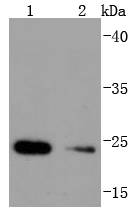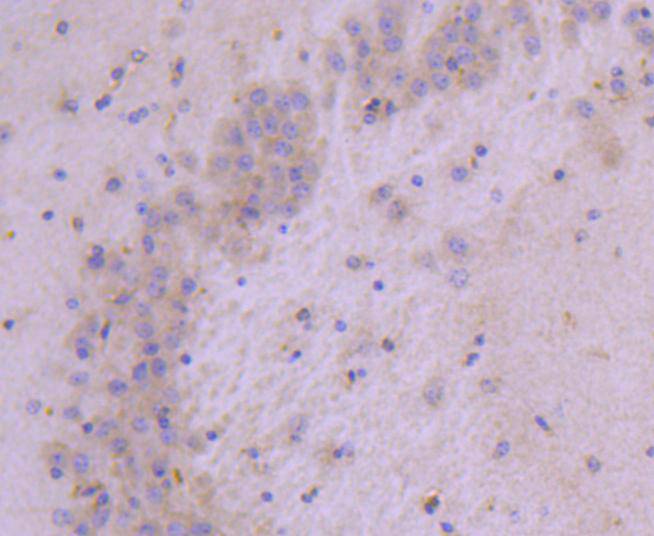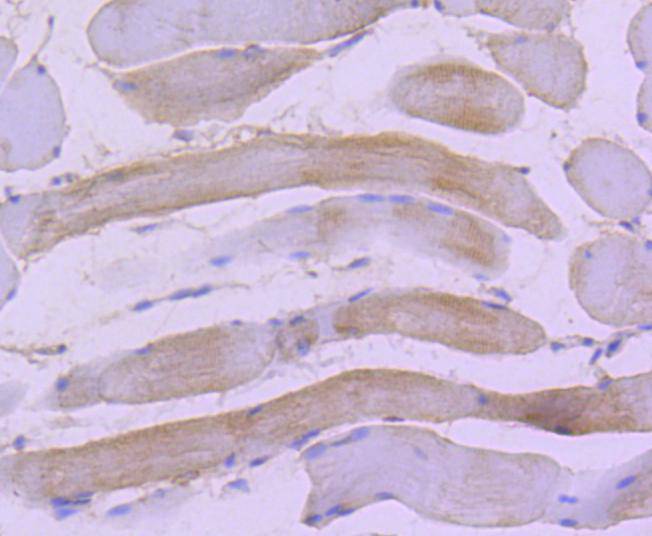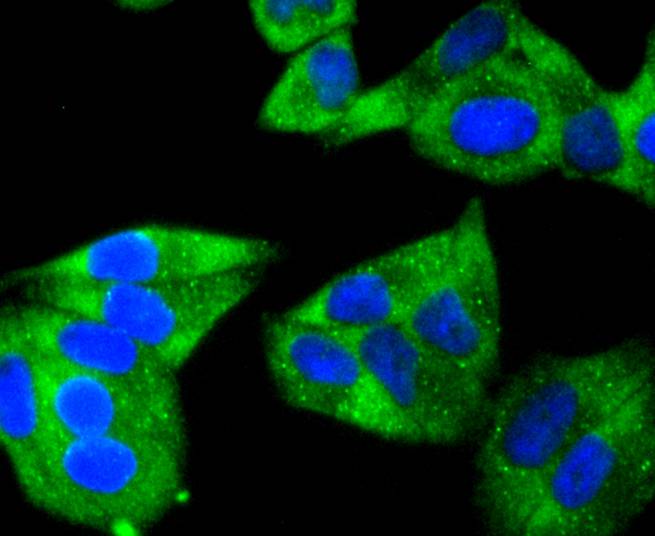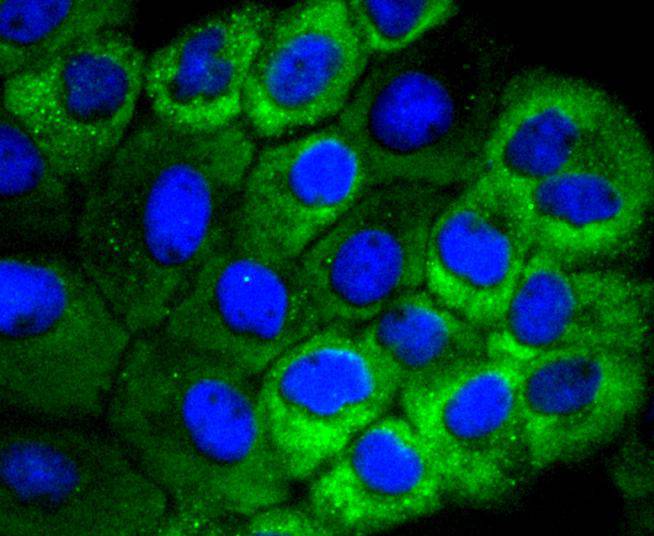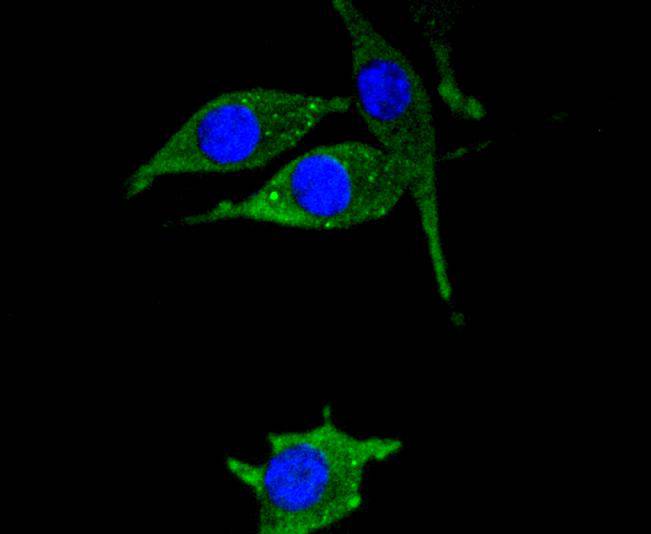Crystallins are the major proteins expressed in the vertebrate eye lens, where they maintain the transparency and refractive index of the lens. Crystallins are divided into a, b and g families; b and g-crystallins compose a superfamily. Crystallins usually contain seven distinctive protein regions, including four homologous motifs, a connecting peptide, and N- and C-terminal extensions. a-crystallins consist of three gene products, aA, aB and aC-crystallin, which are members of the small heat shock protein family (HSP20). They are induced by heat shock, and act as molecular chaperones by holding denatured proteins in large soluble aggregates. However, unlike other molecular chaperones, a-crystallins do not renature these proteins. Research indicates that binding occurs between membranes and aC-crystallin. The binding site appears to be at the polar-apolar interface in membrane protein (MIP26) and aC-crystallin; the lipid bilayer becomes less mobile with aC-crystallin binding.

